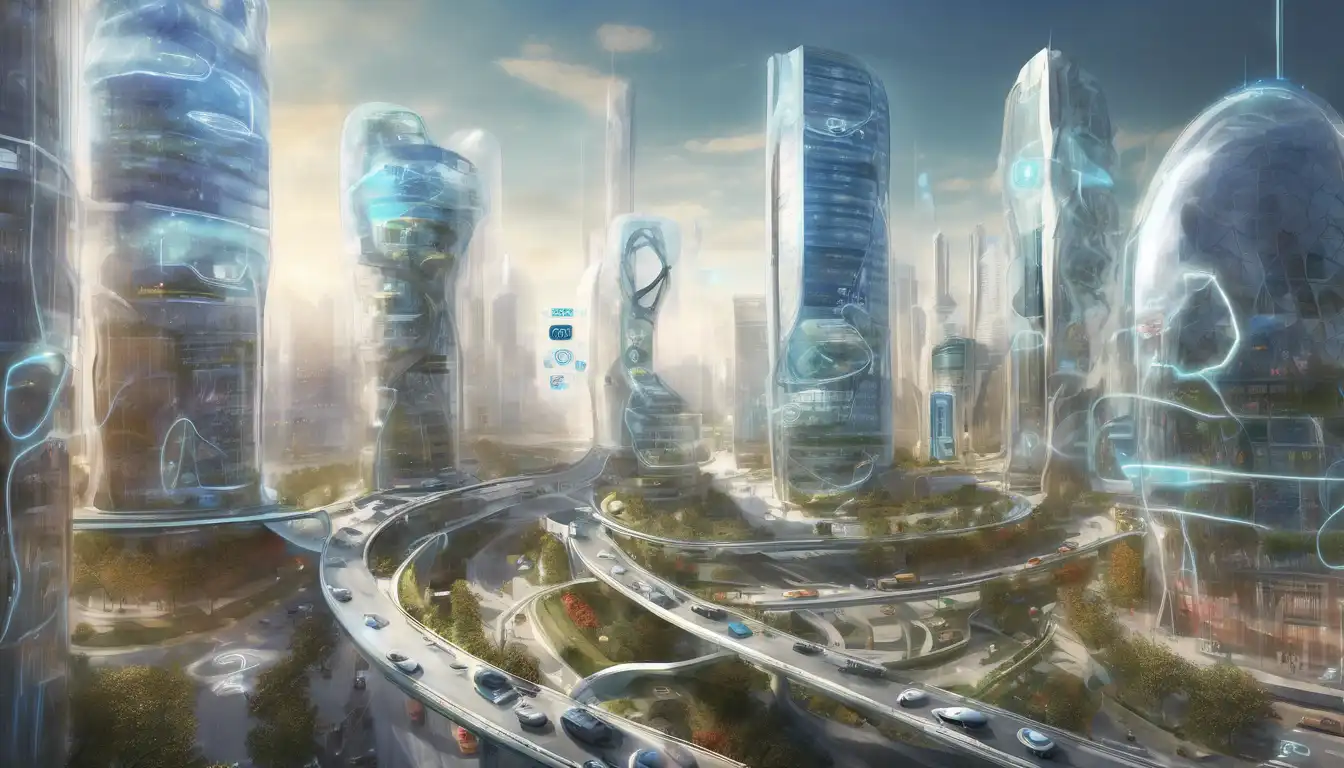The Role of IoT in Shaping Smart Cities
The Internet of Things (IoT) is revolutionizing the way we live, work, and interact with our urban environments. By embedding sensors and smart devices throughout city infrastructures, IoT technology is enabling smarter, more efficient, and sustainable urban living. This article delves into the transformative potential of IoT in smart cities, highlighting key benefits, challenges, and future prospects.
Key Benefits of IoT in Smart Cities
IoT technology offers numerous advantages for smart cities, including:
- Enhanced Efficiency: IoT devices can optimize traffic flow, reduce energy consumption, and improve waste management, leading to more efficient city operations.
- Improved Public Safety: Smart surveillance and emergency response systems can significantly enhance the safety and security of urban residents.
- Sustainability: By monitoring environmental conditions, IoT can help cities reduce their carbon footprint and promote greener living.
- Better Quality of Life: From smart lighting to intelligent transportation systems, IoT innovations are making urban living more convenient and enjoyable.
Challenges Facing IoT Implementation
Despite its potential, the integration of IoT into smart cities is not without challenges. These include:
- Privacy Concerns: The widespread use of sensors and data collection raises significant privacy issues that must be addressed.
- Security Risks: IoT devices are vulnerable to cyberattacks, necessitating robust security measures.
- High Costs: The initial investment for IoT infrastructure can be prohibitive for some cities.
- Technical Complexity: Implementing and maintaining IoT systems requires specialized knowledge and skills.
Future Prospects of IoT in Smart Cities
Looking ahead, the future of IoT in smart cities is bright, with ongoing advancements in technology paving the way for even more innovative applications. From autonomous vehicles to smart grids, the possibilities are endless. However, realizing this potential will require collaboration among governments, businesses, and communities to overcome the challenges and harness the full power of IoT.
For more insights into how technology is transforming urban landscapes, check out our article on The Rise of Smart Infrastructure.
Conclusion
The integration of IoT into smart cities represents a significant leap forward in urban development. By addressing the challenges and leveraging the benefits, cities can become more livable, sustainable, and efficient. The future of IoT in smart cities is not just about technology; it's about creating better environments for people to live, work, and thrive.
